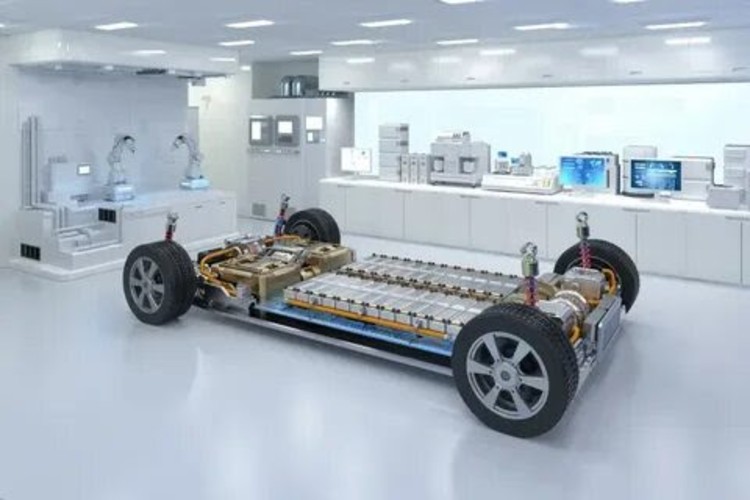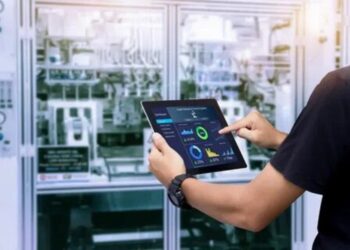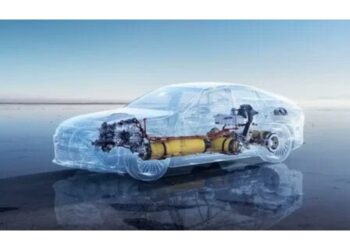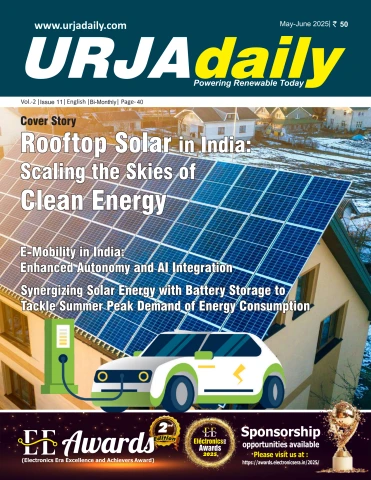The Electric Vehicle (EV) Battery Market is at the center of the global clean mobility transition. With EV adoption accelerating worldwide, batteries have emerged as the most critical and cost-intensive component, often accounting for 30–40% of a vehicle’s price. While the market outlook is promising, several pressing challenges continue to affect manufacturers, policymakers, and consumers. Addressing these issues is vital for ensuring the sustainable growth of EVs.
1. Supply Chain Bottlenecks for Raw Materials
One of the biggest hurdles for the EV battery industry is the dependency on key raw materials like lithium, cobalt, nickel, and graphite. These resources are geographically concentrated in countries such as Chile, Australia, the Democratic Republic of Congo, and China. This heavy reliance exposes the market to geopolitical risks, price volatility, and supply shortages, making it difficult to scale production at the pace demanded by global EV adoption.
2. High Production Costs
Despite technological advancements, EV batteries remain expensive to manufacture. The complex extraction, refining, and processing of raw materials, combined with sophisticated cell production processes, contribute to elevated costs. Although battery prices have fallen significantly over the past decade, further cost reduction is required for EVs to reach true price parity with internal combustion vehicles.
3. Recycling and Sustainability Concerns
Battery recycling and second-life applications are still in their infancy. Current recycling technologies are energy-intensive and costly, limiting widespread adoption. Without efficient recycling infrastructure, the industry risks generating massive volumes of battery waste in the coming decades. Sustainable practices, such as closed-loop recycling systems and circular economy approaches, are critical but require substantial investment and regulation.
4. Limited Charging Infrastructure
Even with improved EV range, the lack of a robust and widespread charging network remains a key barrier. Battery performance is directly tied to consumer confidence, and inadequate infrastructure creates range anxiety. Fast-charging stations are expensive to deploy, while grid limitations in several regions further slow infrastructure development.
5. Safety and Performance Issues
Lithium-ion batteries, while dominant, pose thermal management and safety risks, including fire hazards if not properly managed. Maintaining consistent performance in extreme weather conditions also presents a challenge. Research into solid-state batteries and advanced chemistries aims to improve both safety and energy density, but commercialization is still years away.
6. Regulatory and Policy Uncertainty
Governments worldwide are pushing for emission reduction targets, offering subsidies, and setting EV adoption goals. However, inconsistent policies across regions, changing subsidy structures, and trade restrictions often disrupt long-term planning for battery producers and automakers. Clear, stable, and harmonized regulations are essential for industry growth.
7. Environmental and Social Impact of Mining
The mining of cobalt and lithium has raised significant environmental and ethical concerns. Issues like water depletion, ecosystem damage, and poor labor conditions have drawn global scrutiny. Automakers and suppliers face growing pressure to adopt responsible sourcing practices and ensure transparency across their supply chains.
The Electric Vehicle (EV) Battery Market stands at the forefront of the clean energy revolution, but its growth is not without obstacles. From raw material supply constraints to recycling challenges, safety concerns, and infrastructure gaps, the industry must navigate multiple barriers to achieve large-scale adoption. Collaboration among automakers, governments, and technology providers will be crucial in overcoming these issues. Solutions such as solid-state battery innovation, advanced recycling methods, and global supply chain diversification will shape the market’s future, ensuring EVs truly deliver on their promise of a sustainable tomorrow.













